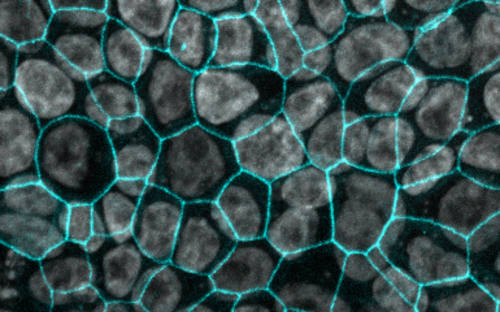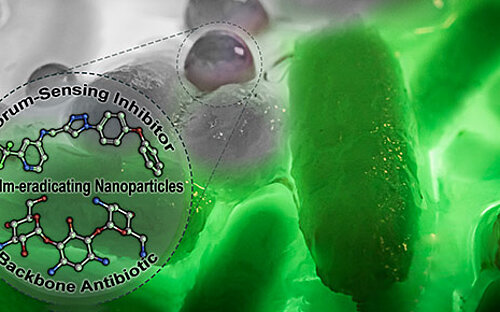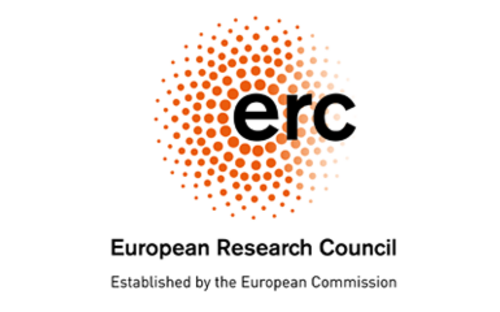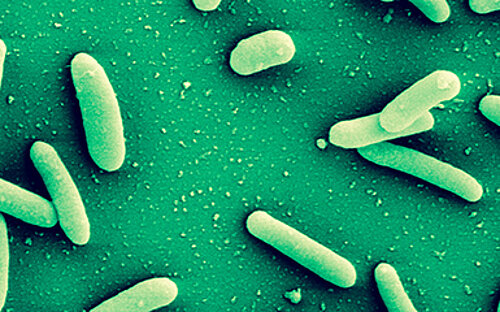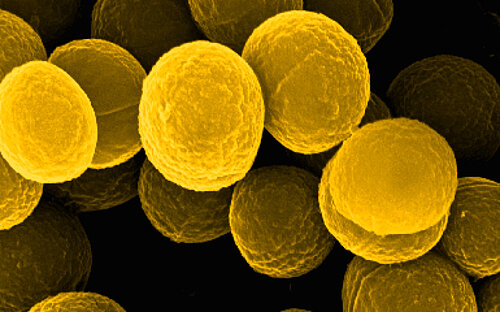Nano-particles - small, but powerful
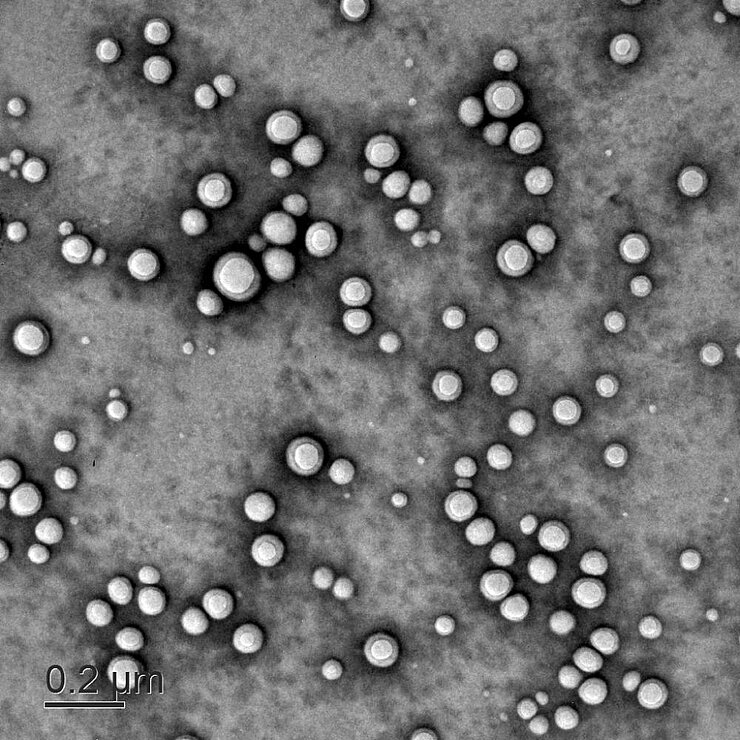
Change the world with tiny particles? Thanks to nanotechnology, it’s not that unrealistic. Nano-particles are so small that they cannot be seen even with a light microscope. They have diameters between one and 100 nanometres, which means that their size compared to a football is like a football compared to the size of the earth. However, despite their small size, nano-particles are already dominating large parts of our lives.
Their enormous potential extends to a wide range of applications. Nanotechnology is used virtually everywhere, from the electronics industry, cosmetics and material sciences to medicine. The reason: Fundamental changes to chemical and physical properties can be made by treating materials with nano-particles.
These opportunities make the use of nano-particles interesting to physicians and biologists as well. For example, it may be possible to achieve improvements in areas such as the diagnostics and therapy of diseases as well as in active substance transport. Researchers at the Helmholtz Institute for Pharmaceutical Research Saarland (HIPS), a branch of the Helmholtz Centre for Infection Research (HZI), are already exploiting the properties of nano-particles to date. HZI scientists have found a way to use nano-particles to transport vaccines in a closely controlled manner. They serve as a kind of packaging and transporter in this application. After suitable preparation, the particles penetrate through the hair follicles into the skin and burst upon contact with human sweat, which releases the vaccine. The advantage of this method is that the vaccination via injection of a needle can be avoided and it may be possible in the future to vaccinate by simply applying a lotion to the skin.
However, the transport function of nanoparticles is not only important for vaccines. They are also helpful in the active fight against tumour and infectious diseases. They are used as "nano-capsules" to transport agents specifically to the site at which they are meant to act in the body. This capability would be a decisive benefit in Chemotherapy. One undesired side effect of this therapy is that it damages not only tumour cells, but healthy tissue as well. If nano-capsules could be used to transport the agents to the afflicted regions exclusively, the undesired side effects could be prevented and the therapy would be gentler on the patient.
Beyond all the excitement, there is also some concern about the use of nano-particles. One drawback is that the long-term impact on the human body has not been researched sufficiently yet because the technology is still so new. Regardless of their size, possible risks of certain nano-particles are determined firstly by the material of which they are made. So when nano-materials enter the body, this does not necessarily mean they are a hazard. For this reason, only materials that are harmless to the body and in most cases even biodegradable are used in the medical-pharmaceutical sector. Like with all medications, the use of nano-medications is subject to very strict international laws and rules.
Involved research groups
-
Biological Barriers and Drug Delivery
 Prof Dr Claus-Michael Lehr
Prof Dr Claus-Michael Lehr


